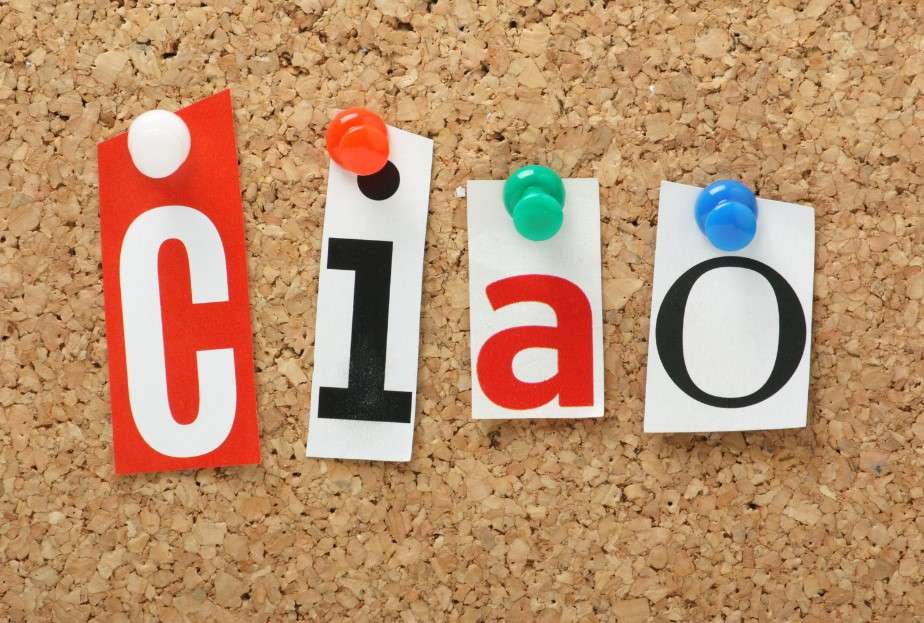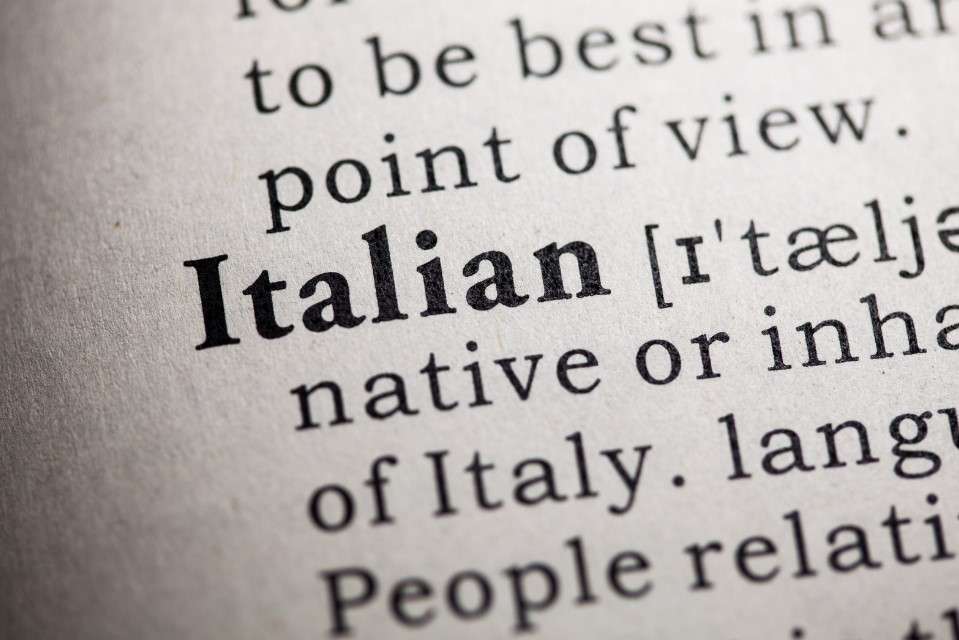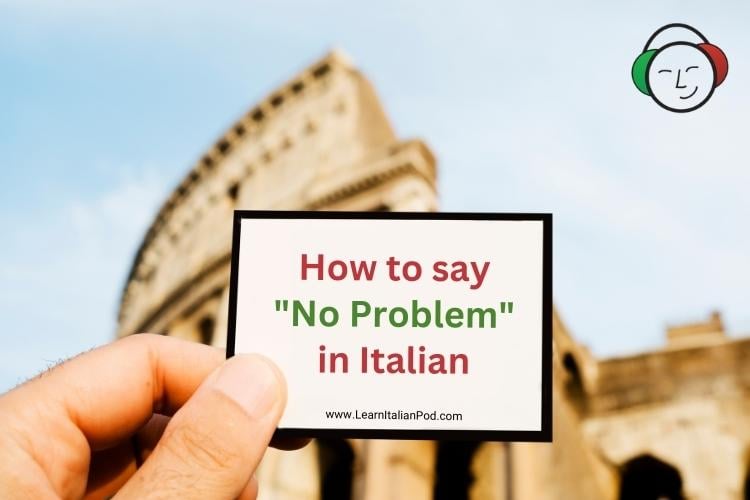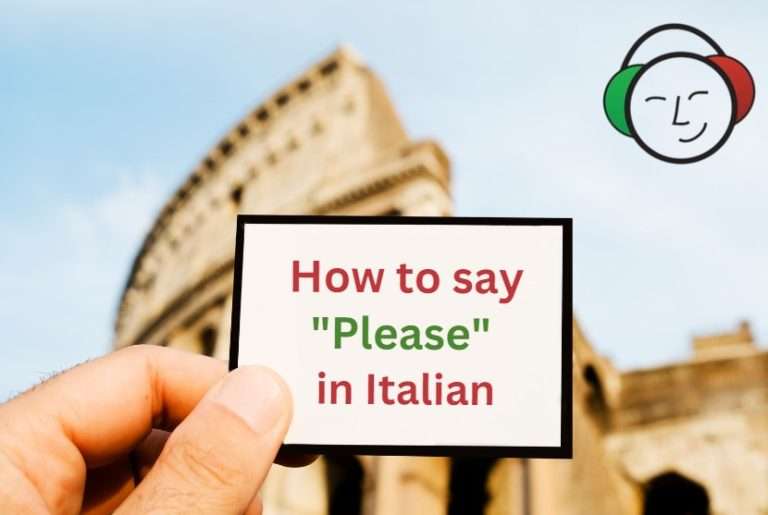Say Hello in Italian: 21 Ways to Greet in Italy Like a Local
Italian culture is steeped in traditions, and the Italian language is no exception. There are numerous ways to say “hello” in Italian, each used in a specific context and purpose.
While “ciao” and “buongiorno” may be the most commonly used, the list goes on, with variations like “buona giornata,” “buon pomeriggio,” “salve,” and many more.
These greetings carry various connotations, which can help you connect better with the locals. In this article, we’ll explore 21 ways to greet someone in Italy that native speakers always use.
How to Say Hello in Italian
“Ciao” means hello in Italian. To say hello, say “ciao” (pronounced “chow”). If you’re meeting someone new, you might also wish to say “buongiorno” (pronounced boo-GOHN-doh) instead of just “hello.”
This lesson offers a detailed explanation of how to say hello in Italian. You’ll learn different ways to say hello, depending on the time of day or the person you’re addressing. You’ll also learn formal and informal greetings and how to introduce yourself or someone else.
Suggested Read: Discover our detailed guide on the 21 Safest Cities in Italy for Travelers & Expats.
21 Ways to Say Hello in Italian

Italian culture is steeped in traditions, and language is no exception. There are numerous ways to say “hello” in Italian, each used in a specific context and purpose.
While “ciao” and “buongiorno” may be the most commonly used, the list goes on, with variations like “buona giornata,” “buon pomeriggio,” “salve,” and many more.
These greetings carry various connotations, which can help you connect better with the locals. Let’s explore 21 different ways to greet someone in Italy.
Ciao (Hello): The Most Common Italian Greeting
“Ciao” is an informal way to greet someone and say hello or goodbye, and it is by far the most common Italian greeting. It is also one of the most commonly used Italian words.
The Italian word “ciao” comes from the Venetian word “sciavo,” which is derived from the Latin word “schiavo,” meaning “your humble servant.” The term has lost its servile connotations in modern Italian, and it’s acceptable to use with friends and acquaintances.
In Italy, it’s common to use the phrases “ciao bella” (for women) and “ciao bello” (for men) to address friends and acquaintances in a friendly and affectionate manner.
These phrases can express appreciation and admiration for someone’s appearance or personality and are often accompanied by a hug or a kiss on the cheek.
Did You Know? “Ciao” has become one of Italy’s most iconic symbols, instantly recognizable worldwide.
Buongiorno (Good Morning): A Formal Greeting
The Italian equivalent of “good morning” is “buongiorno” or “buon giorno,” which can be used throughout the day to greet people in a formal setting. This greeting is appropriate when introducing yourself, seeing someone for the first time, or entering public places.
“Buongiorno” would also be an appropriate greeting to address an older person. This is a very versatile greeting, as it can be used in a casual way as well as in more formal situations.
“Buongiorno” (good morning) or “buonasera” (good evening), depending on the time of the day, are the most appropriate ways to greet someone in a business meeting.
The greeting would be followed by the person’s title and last name, such as “Buongiorno, Signora Rossi” (Good morning, Mrs. Rossi) or “Buonasera, Dottor Bianchi” (Good evening, Dr. Bianchi). This shows respect and professionalism in a formal setting.
Suggested Read: Dive into our curated list of the 35 best travel guide books for Italy to read for insightful exploration tips.
Salve (Hello)
“Salve” is a polite greeting that can be used formally and informally. It comes from the Latin verb “salvere,” meaning “to be well,” and the English word “salutation” is derived from the Italian word “salute.”
Ehilà (Hey)
Italians often use these variations of “hey” to express positive surprise when greeting close friends and family members and generally in informal situations. On the other hand, they can also be used as a warning or to get someone’s attention.
Come va? (How’s it going?)
When you meet up with a friend, you can use the phrase “ciao, come va?”. It’s a great way to ask them how they’re doing.
Come stai? (How are you?)
This phrase commonly greets friends or acquaintances casually, meaning “Hi, how are you?” or “Hello, how are you doing?”
Pronto, parlo con ___ (Hello, am I speaking with ___)
“Pronto, parlo con ___” is a common and straightforward way to answer the phone in Italian: “Hello, am I speaking with ___.” It is a polite way to identify who is on the other end of the line and initiate a conversation.
Suggested Read: Italian Verb Conjugation Made Easy (with PDF Chart).
A presto (See you soon)
This phrase means “see you soon” and is commonly used when departing from someone or at the end of an email.
Alla prossima (Until next time)
“Alla prossima” is an informal greeting and a good choice farewell phrase whether you plan to meet again soon.
Ci vediamo (See you around)
“Ci vediamo” is a more casual version of “arrivederci” and can be used when parting ways with friends.
Ci vediamo presto (See you soon)
“Ci vediamo presto” is an Italian phrase used to say “see you soon.” The addition of “presto” implies that the speaker is looking forward to seeing the other person in the near future. “Ci vediamo” is a simpler form that means “see you” but does not imply a specific time frame for the next meeting.
Vi saluto / Ti saluto (Bye)
This casual farewell greeting means “I salute you” or simply “bye” and is appropriate for singular and plural situations.
Statemi bene / Stammi bene (Take care)
The Italian version of “take care” has a singular and a plural form, which means you can say “stammi bene” to one person or “statemi bene” to multiple people. This greeting implies wishing good health to someone.
Arrivederci (Goodbye)
Although it may be challenging to pronounce for some, “arrivederci” is a polite farewell salutation that means “goodbye” and “till we see each other again.”
Addio (Farewell)
“Addio” is a dramatic farewell used when you don’t plan on seeing someone again. In most cases, “arrivederci” is sufficient for saying goodbye.
Buon dì (Good day)
“Buon dì” is a less common variant of “buongiorno.” It can be used in both formal and informal contexts. The word “dì” is derived from the Latin word “dies,” which means “day.”
Suggested Read: How to say good morning in Italian (a morning greeting guide).
Buona giornata (Have a Nice Day)
By substituting “giorno” with “giornata,” you create a subtle difference in meaning, and the greeting becomes “buona giornata,” which means “have a good day.” This formal or informal phrase is used when saying goodbye to someone.
Buon pomeriggio (Good afternoon)
“Buon pomeriggio” is an alternative greeting when the afternoon rolls around.
Buona sera (Good evening)
“Buona sera” is the appropriate greeting when meeting someone in the evening. It can be used in both formal and informal settings.
Buona serata (Have a good evening)
“Buona serata” is a variation of “buona sera” used when departing in the evening. This phrase is not meant to start a conversation but is used as a farewell. For example, you can say, “Ci vediamo domani, buona serata!” which means “See you tomorrow, have a good evening!”
Buonanotte (Goodnight)
When it’s time to say good night, “buonanotte” is the most common way to greet someone. It’s a farewell salutation and not intended to start a conversation.
Suggested Read: Uncover the magic of Christmas in Italy with our guide, highlighting top destinations and time-honored traditions.

In conclusion, mastering basic Italian greetings is essential for anyone visiting Italy and its landmarks, as it demonstrates good manners and helps you connect better with the Italian people.
From informal Italian greetings like “ciao” and “salve” to formal ones like “buongiorno” and “buonasera,” there are numerous ways to greet someone in Italy, depending on the context and purpose.
Long-time Italian friends may address each other with phrases like “ciao bella” or “ciao bello” to express appreciation and affection. At the same time, in a business meeting, it’s best to use formal greetings like “buongiorno” followed by the person’s title and last name.
Suggested Read: How to say “I love you” in Italian.
Understanding body language is also crucial, as Italians use hand gestures to communicate and express emotions.
So, whether having an everyday conversation, exchanging Italian gifts, or saying goodbye, knowing the appropriate Italian greeting is essential to making a good impression and respecting the local culture.







